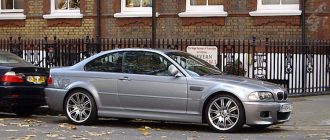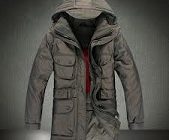There is a lot you may not know about the German Panzer Tank force. Read on to benefit from our comprehensive guide on the German Panzer Tanks…
The German Panzer Tank force was what made the Germans’ Blitzkrieg attacks a resounding success. Actually, it was after the Germans had decided to adopt the British Colonel John Fuller’s idea of motorized infantry with simultaneous air-strikes that the need for the Panzer actually arose.
This is where Heinz Guderian, a German officer, played his part. Guderian had been trying to make the Germans realize the importance of tanks but had been facing stiff opposition over his idea from various conservative quarters. It was only in 1933 that Adolf Hitler finally realized the potential role of tanks in the Blitzkrieg tactic and Guderian was given the go-ahead. Thus, the Panzer tank force came into being.
Panzer I
The design of the first of the Panzer force was finalized in the mid-1930s, with mass production kicking off in 1934. The 6-ton tank was the lightest member of the Panzer force and was also seen as the weakest. Though it took part in the 1939 invasion of Poland, the Panzer I force was then relegated to Poland and Germany, as the thin armor and the two 0.3” machine guns were deemed inadequate.
Panzer II
Soon after the Panzer I was put into production, the Panzer II also entered the final stages. At 7.2 tons it was only slightly bulkier than the first Panzer but it had been fitted with a 20 mm cannon and a machine gun too. On top of that, it was considerably faster as it was powered by a 130 hp motor that allowed it to reach a road speed of 25 km/h. By the time, however, that mass production of the Panzer II started, it had become much bulkier, reaching 9.5 tons in weight, while its engine, too, was upgraded to 140 hp.
Panzer III
The next model of the Panzer marked the end of light tanks as it was the first medium tank. Holding a crew of five, it was around 22 tons in weight and, initially, was fitted with a 37 mm main gun. However, the Panzer III was only mass produced once World War II commenced and by that time it became clear that the 37 mm gun was not capable of inflicting any damage on the opposing Soviet tanks. Therefore, the mass production was started with 50 mm guns replacing the 37 mm ones. There were plans for a further upgrade to 75 mm but once the Panzer IV design was perfected, the production of the third was halted at 15,000.
Panzer IV
Arguably the most effective German tank, the Panzer IV was the last of the medium tanks. Weighing 25 tons, the fourth member of the Panzer force easily became the main German tank, at least until the advent of the German heavy tanks. Armed with a 75 mm gun and two machine guns, it was the perfect German Panzer tank; the optimum balance of firepower, speed, design and armor.




